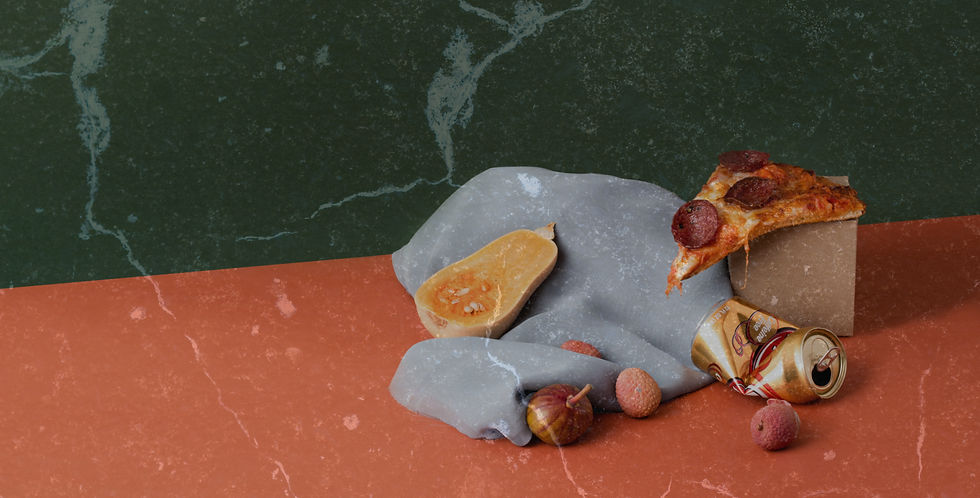Renuvion vs. FaceTite: The Latest and Most Effective, Non-Surgical Alternatives to Facelift
- Emmanuel De La Cruz MD
- Sep 24, 2018
- 3 min read
Over 15 million minimally-invasive treatments were performed last year in the United States, according to statistics published by the American Society of Plastic Surgeons (ASPS). This figure represents at least 300,000 additional practices relative to 2016. These statistics also revealed American predilection for new, alternative, and innovative ways to achieve a rejuvenated facial appearance, since the top five minimally invasive procedures focus on the face. The demand for invasive procedures such as facelift and neck lift surgery dropped 4% in 2017 in response to new developments and improvements in devices and techniques used for non-surgical cosmetic treatments (1). Mainly, FaceTite and Renuvion (J-Plasma) are two revolutionary facial rejuvenation treatments that have contributed in the increasing demand for minimally-invasive procedures, due to their amazing facelift-like results with minimal downtime, cost and side effects.

FaceTite is a leading-edge contouring solution for the face and small areas of the body that helps patients achieve results similar to a facelift without excisional surgery. This scalpel-free, and scarless skin treatment is typically performed in the office, under local anesthesia. Using radio-frequency (RF) technology, the surgeon places a small probe beneath the skin that heats the tissues causing them to contract and tighten. FaceTite results are dramatic, yet natural. Patients tighter, younger looking skin can stay that way for years to come with optimal results lasting 3-5 years. Most patients can return to work and their regular activities as soon as 24-48 hours after the procedure. Furthermore, FaceTite can be combined with liposuction in the jowls and neck areas to attain more contouring and a more overall youthful appearance. It may also be combined with Fractora for additional skin retexturing and tightening. Fractora is an FDA-approved technology which delivers radio frequency energy to the skin through an array of pins producing localized heat and small micro-lesion dots in the treatment area. The gentle heat generated by the Fractora pins in the sub-dermal tissue promotes collagen restructuring for skin rejuvenation and an improved appearance of the skin. Fractora can be used on active cystic acne and acne scars, improving acne scarring by 50% (2).

Similarly, Renuvion (J-Plasma) is an effective, cutting-edge device approved since 2012 by the US Food and Drug Administration (FDA). It is highly recommended for patients who desire to push the reset button on their skin: getting rid of wrinkles or imprinted lines, skin pigmentation problems, melasma, acne scars and/or sun spots, all in one single, 1-hour, outpatient procedure (3). The J-Plasma device starts with helium gas and uses radiofrequency (RF) energy to ionize it, turning it into cold helium plasma. The cold plasma erupts from the device in a stream as the device is applied to the skin. The J-Plasma device can be used subdermally or over the skin. Changes to the skin are immediate and clearly visible, such as the optimal outcome patients would achieve after a FaceTite contouring procedure. Other similarities between FaceTite and J-Plasma are the short time needed to perform these in-office treatments, the dramatic and instantaneous tightening results, the minimal pain, incision marks and scars, and the use of only local anesthesia and sedatives, which avoids complications associated with more invasive procedures (such as bleeding, scarring, pain and infection). However, J-Plasma by itself can do more than just tighten the skin. It would also resolve wrinkles, fine lines, and even irregular pigmentation in one-in-a-lifetime session (4). Moreover, recovery time for J-Plasma is typically longer (2-3 weeks) compared with the downtime for FaceTite. Aftercare can be more intense, and J-Plasma patients may experience crusting and peeling of their skin, as well as redness (almost like a sunburn), itchiness, and swelling for a longer time than FaceTite patients. Skin may continue to look red up to a month and makeup should be avoided for the entirety of this time.
References:
(1) “Plastic Surgery Statistics Report 2017”. American Society of Plastic Surgeons. www.plasticsurgery.org/documents/News/Statistics/2017/plastic-surgery-statistics-report-2017.pdf
(2) “Fractora”. Inmode Aesthetic Solutions. https://inmodemd.com/technologies/fractora/#
(3) “Bowie Medical is Making its Move”. Smallcaps Investment Research. www.smallcaps.us/bovie-medical-is-making-its-move
(4) Whalen, Sydney. “The Truth About J-Plasma”. Zwivel. www.zwivel.com/blog/the-truth-about-j-plasma/























Comments